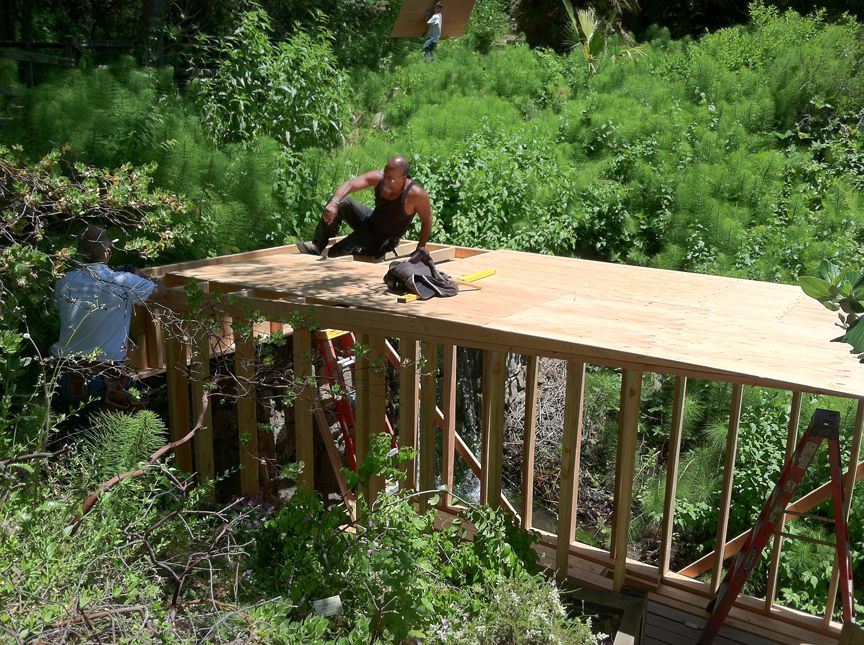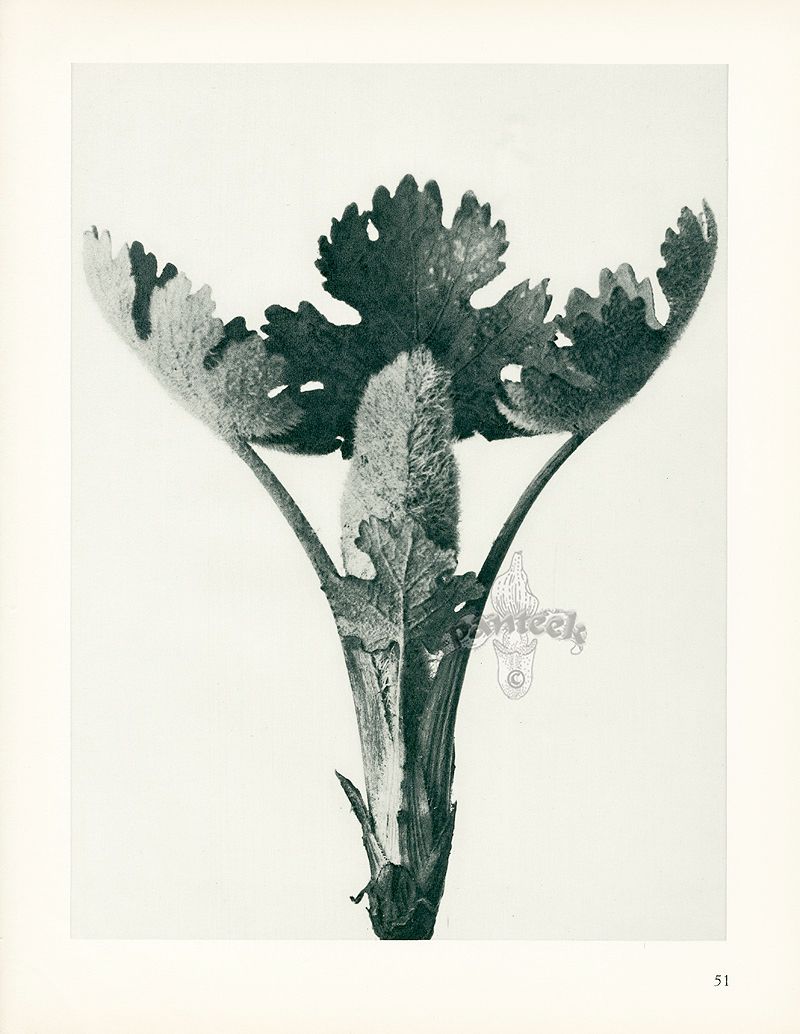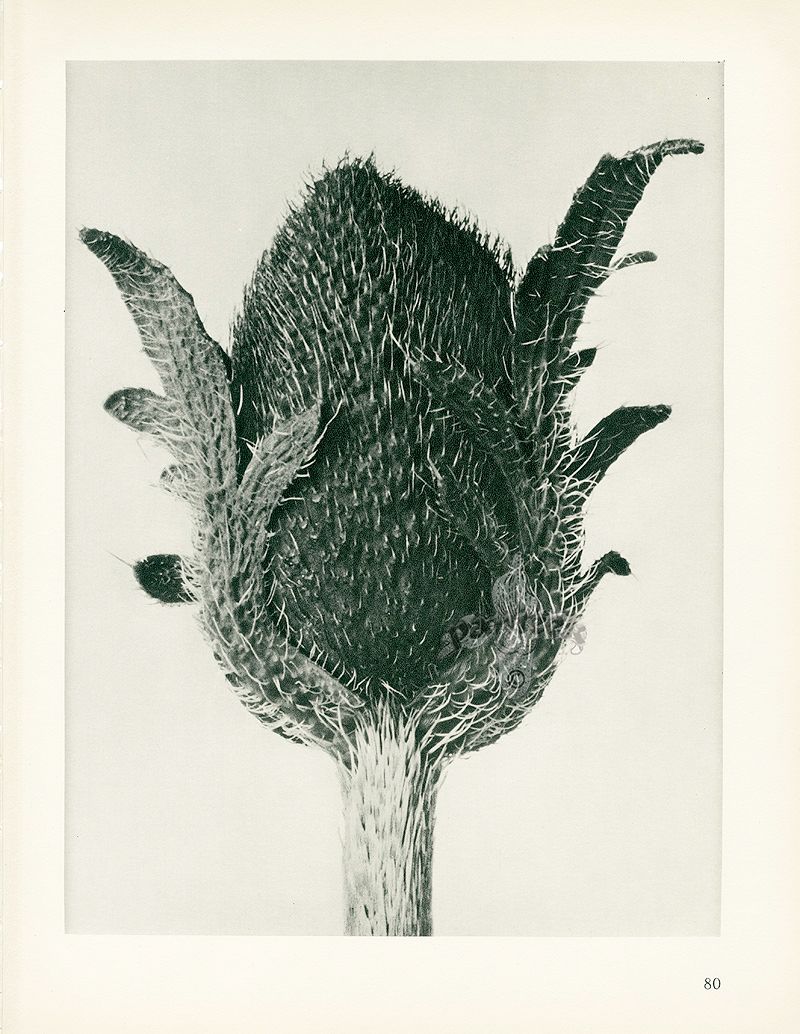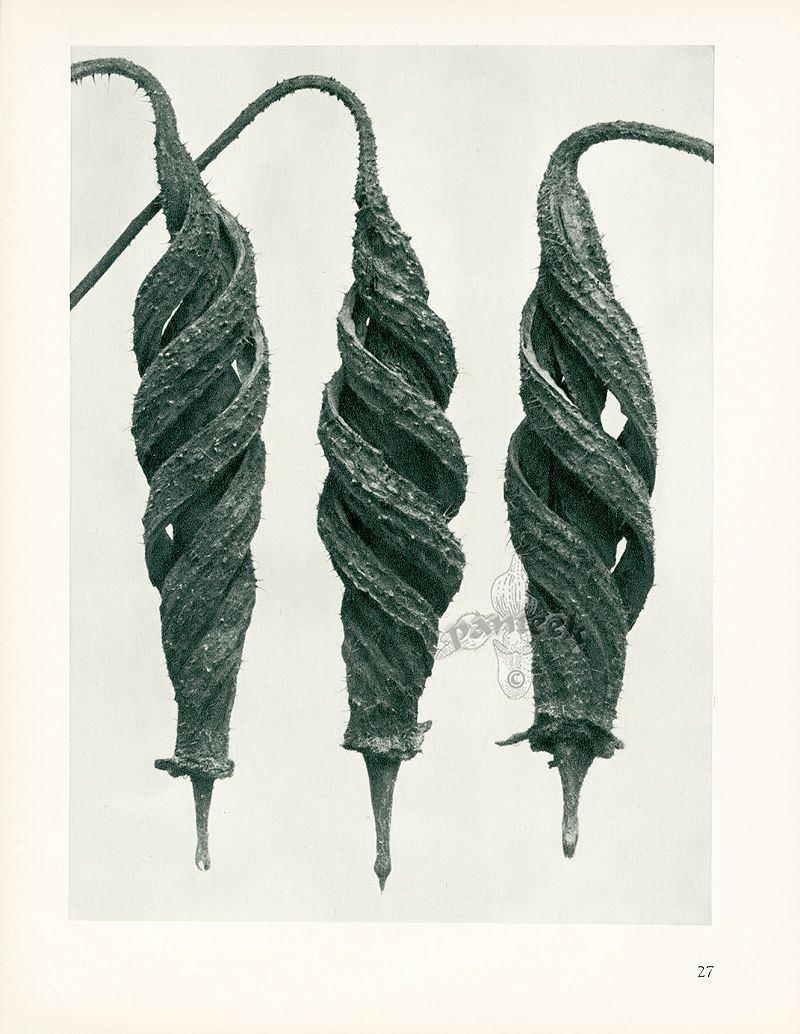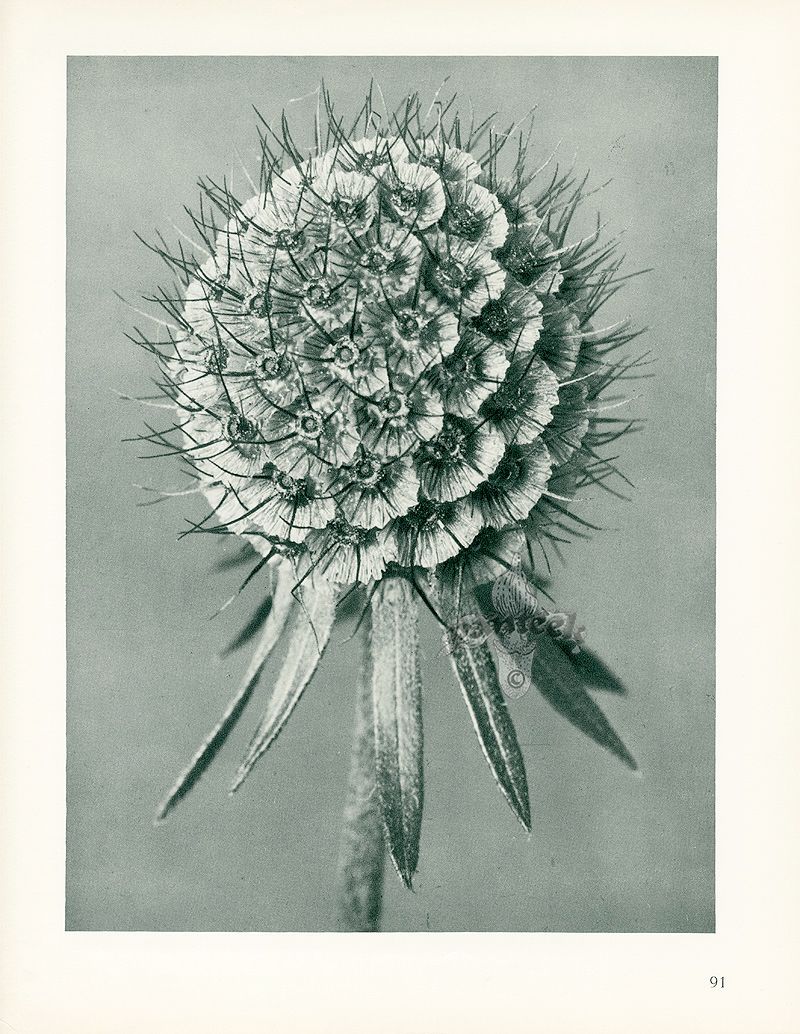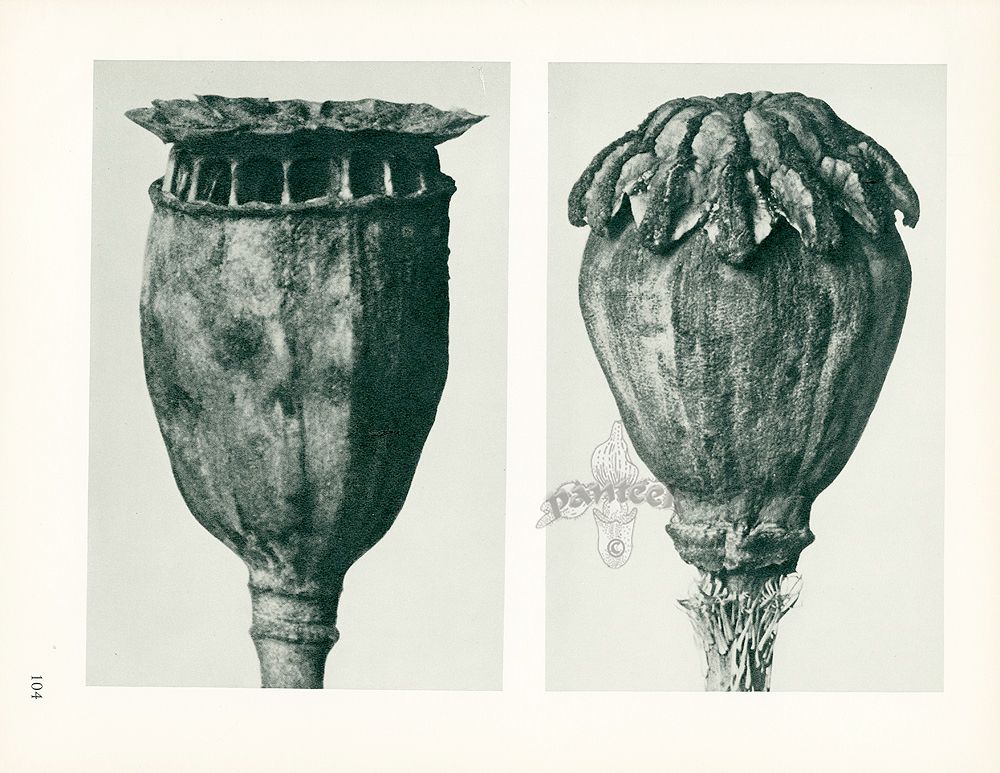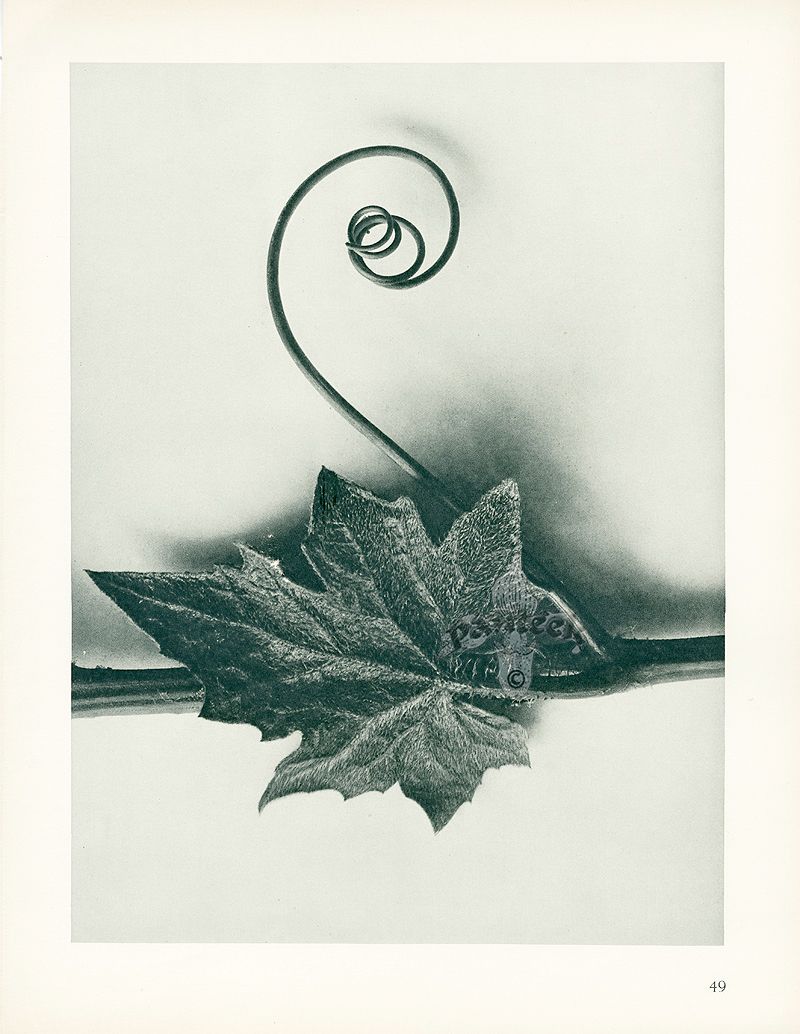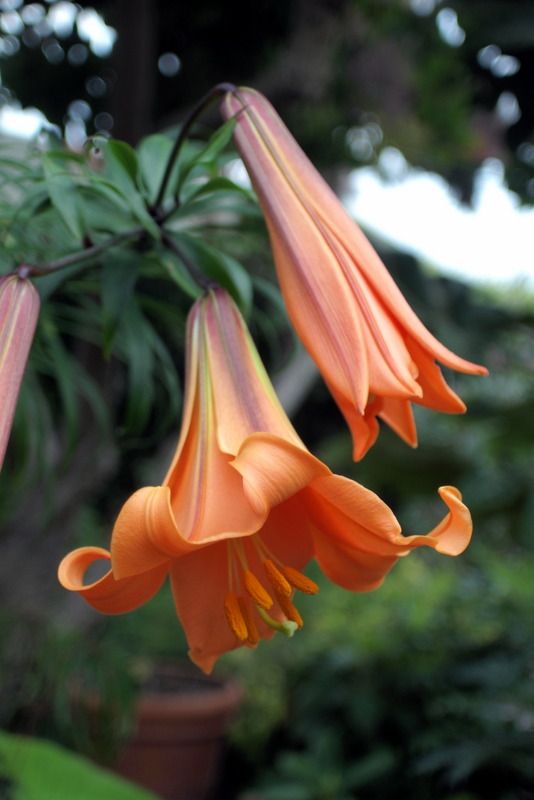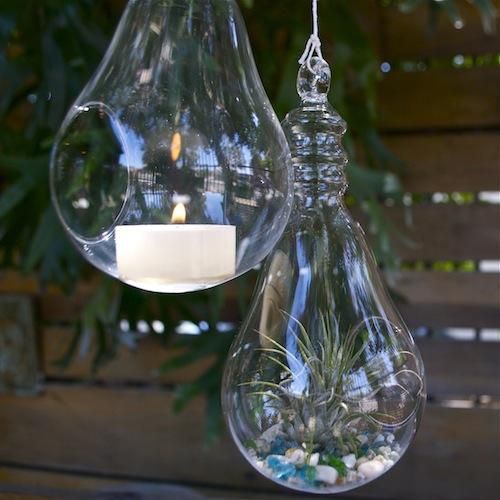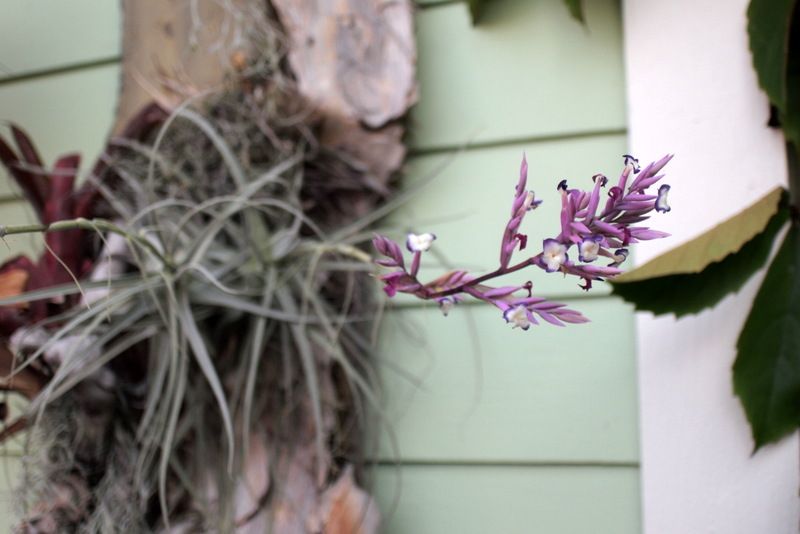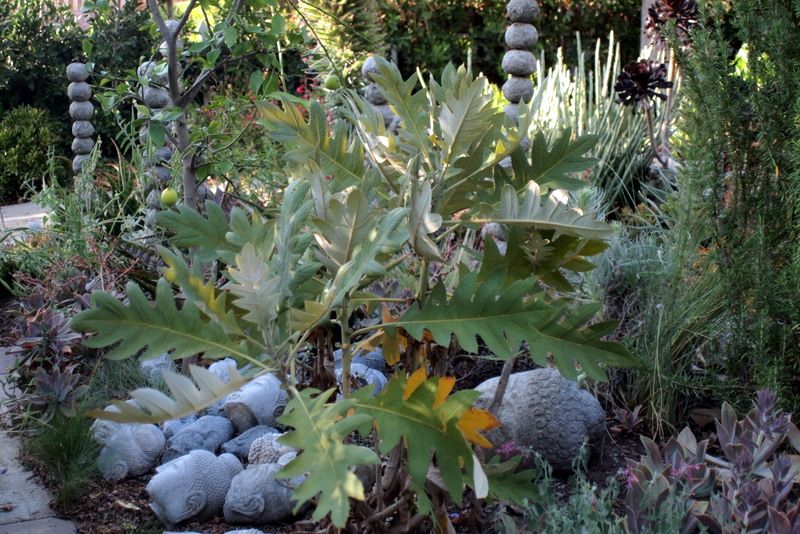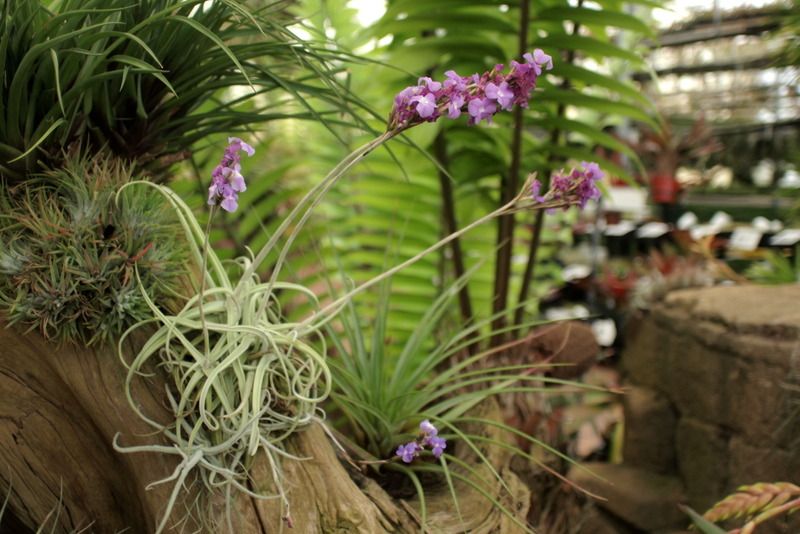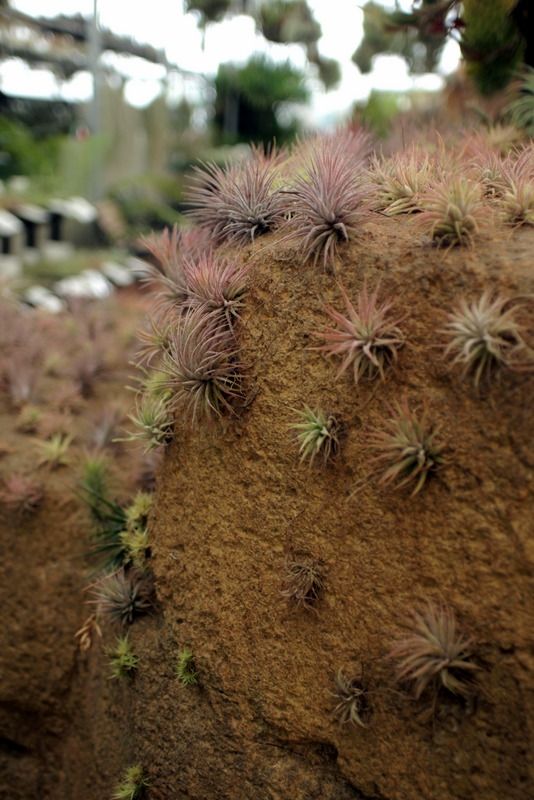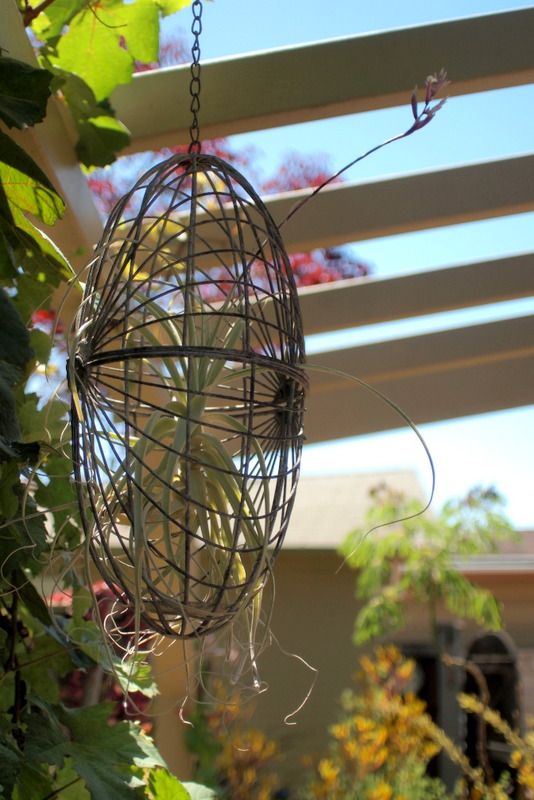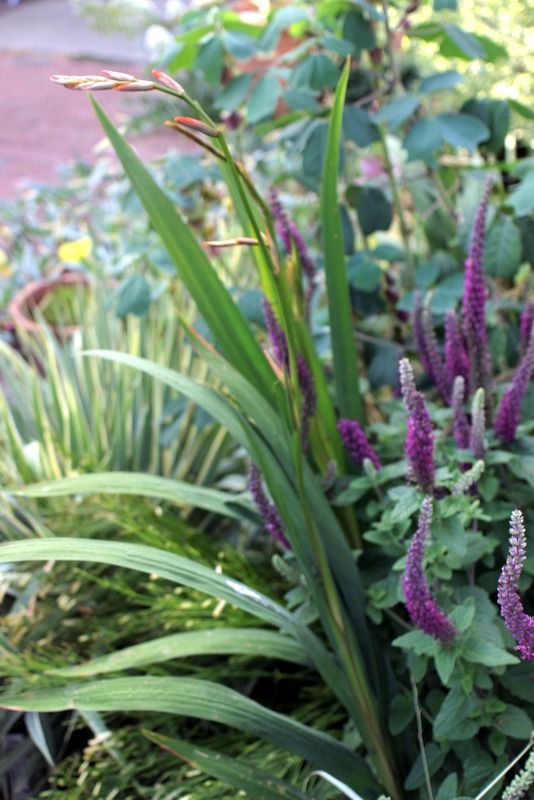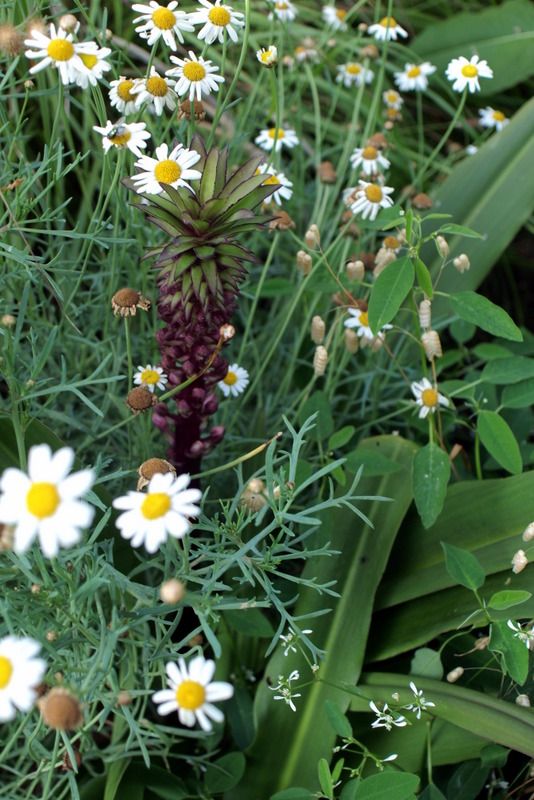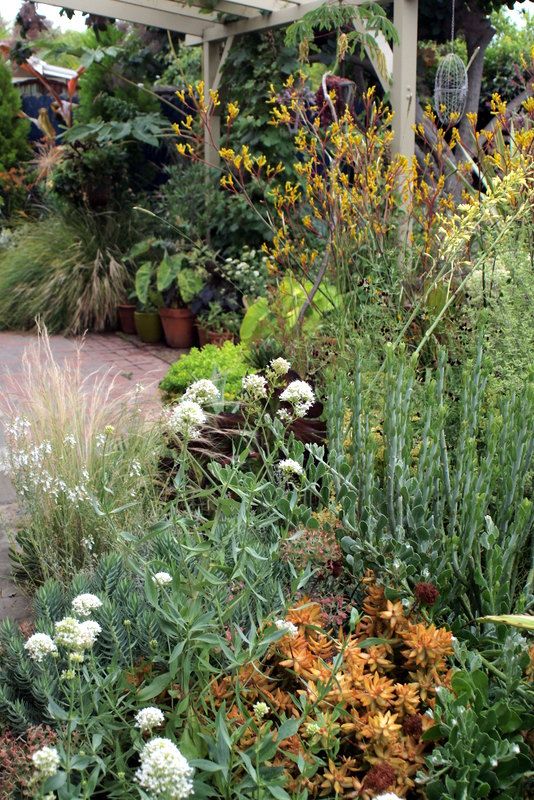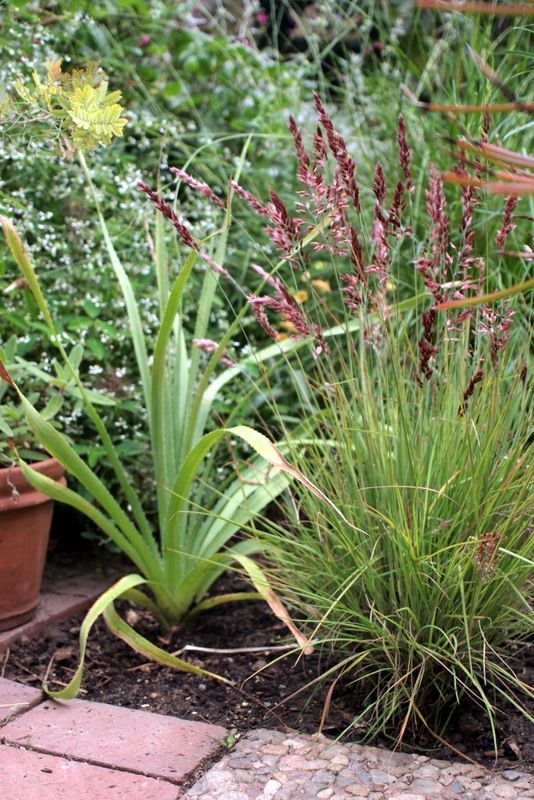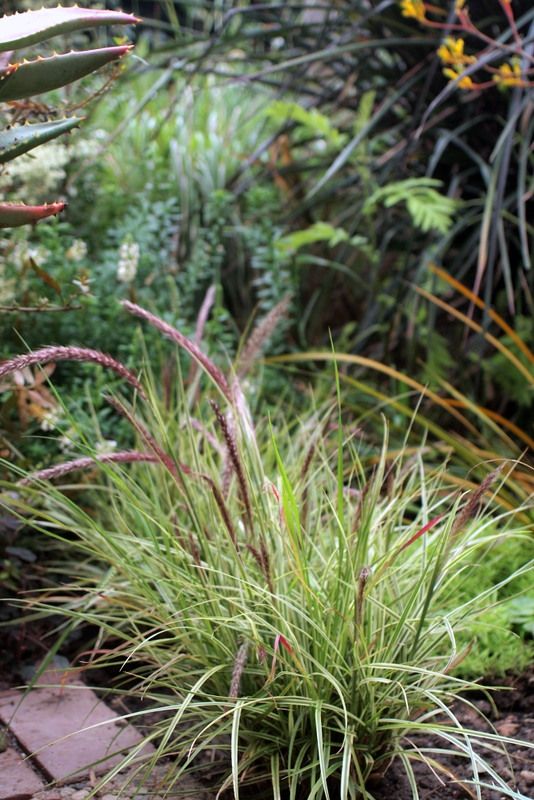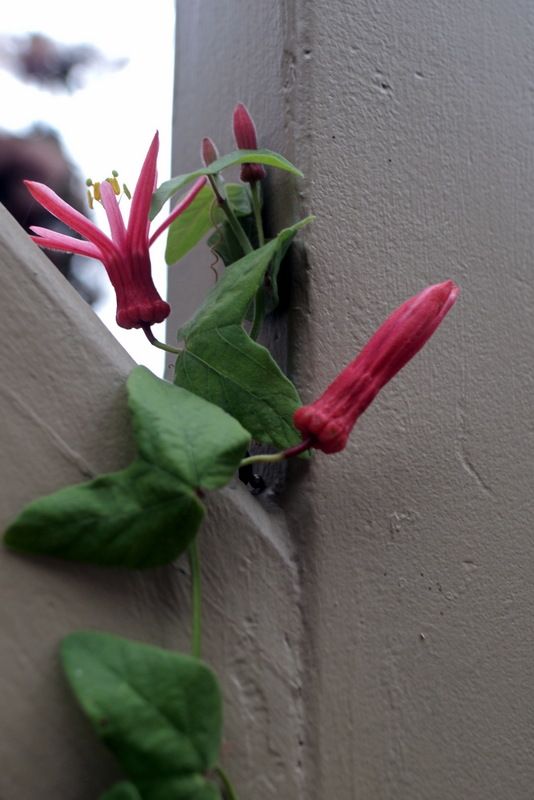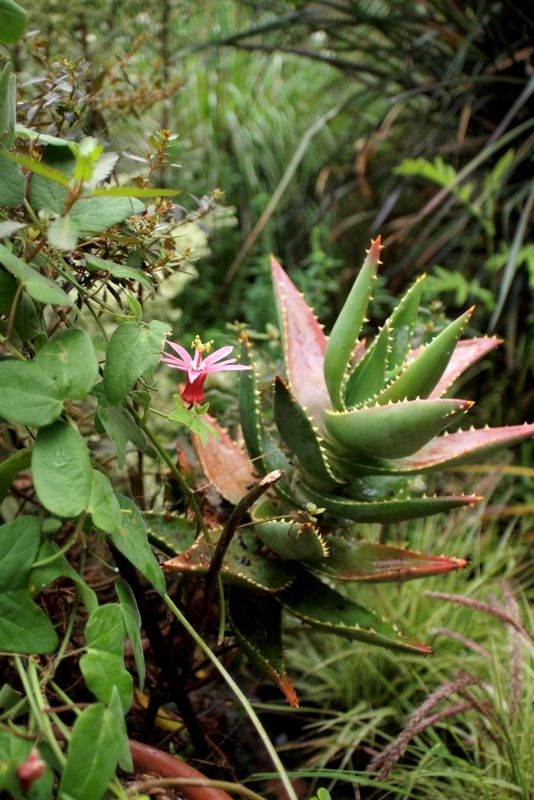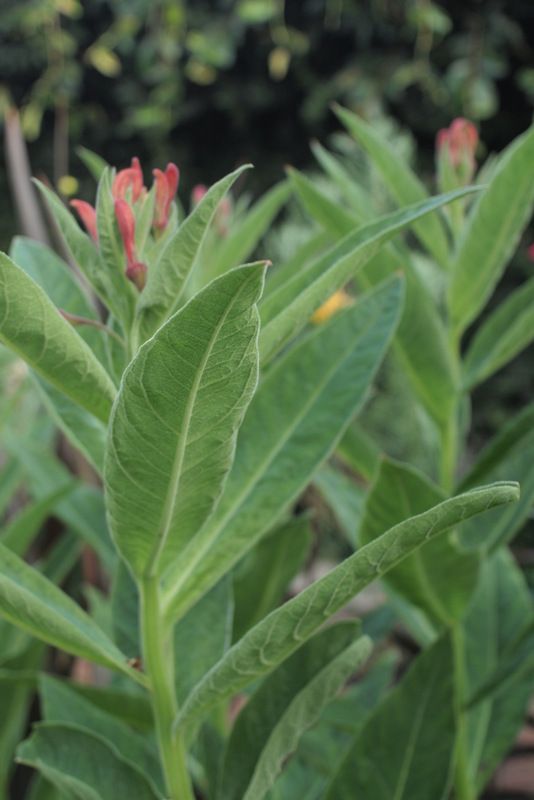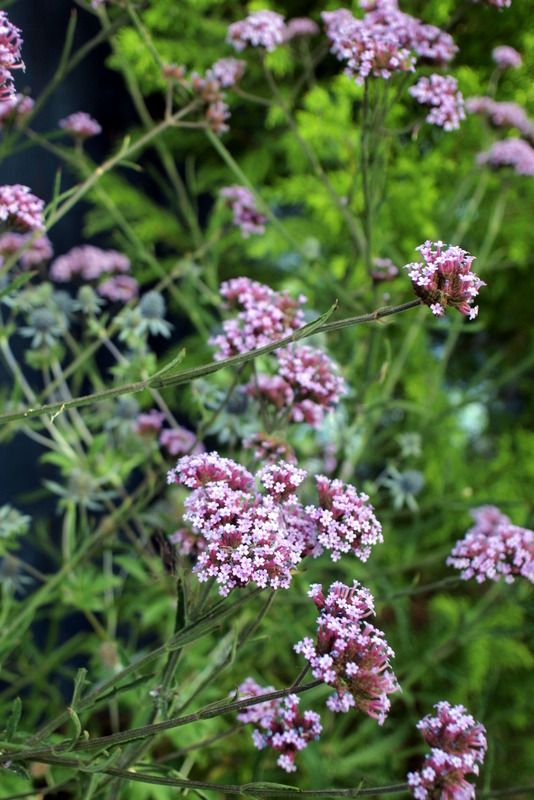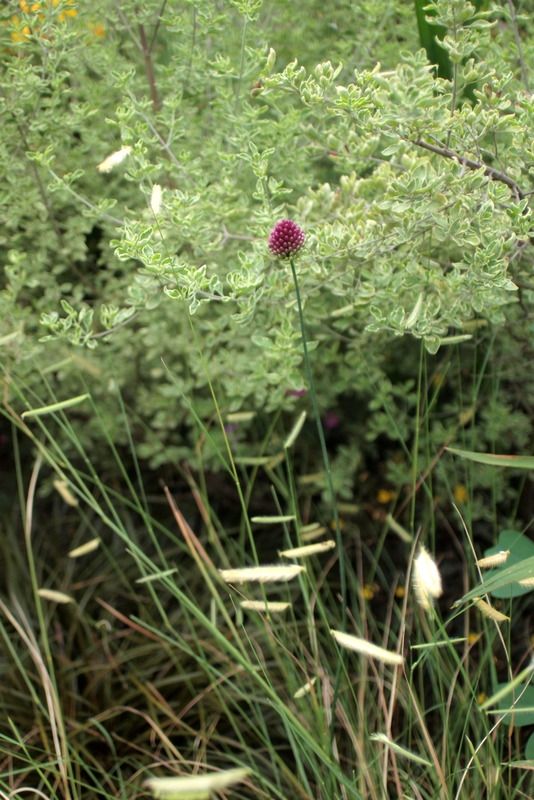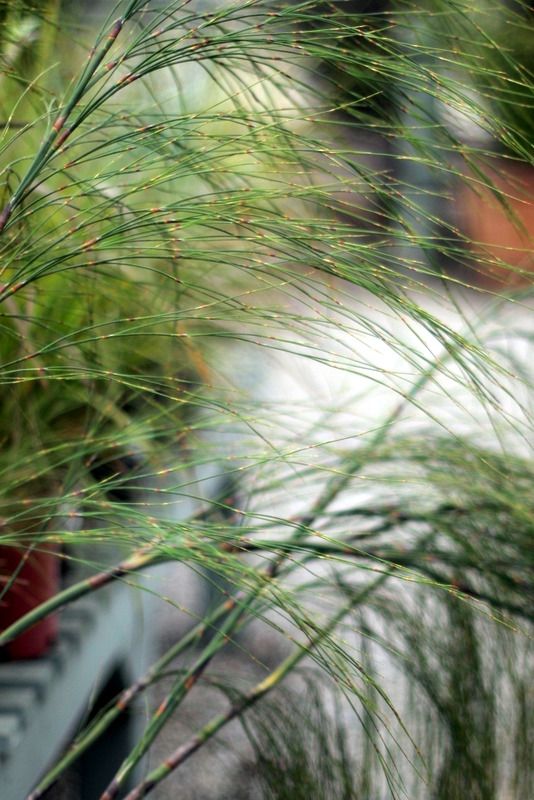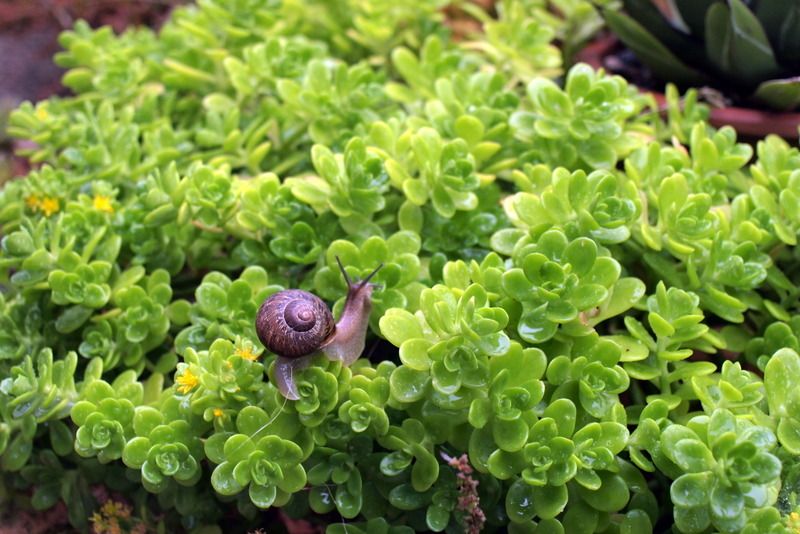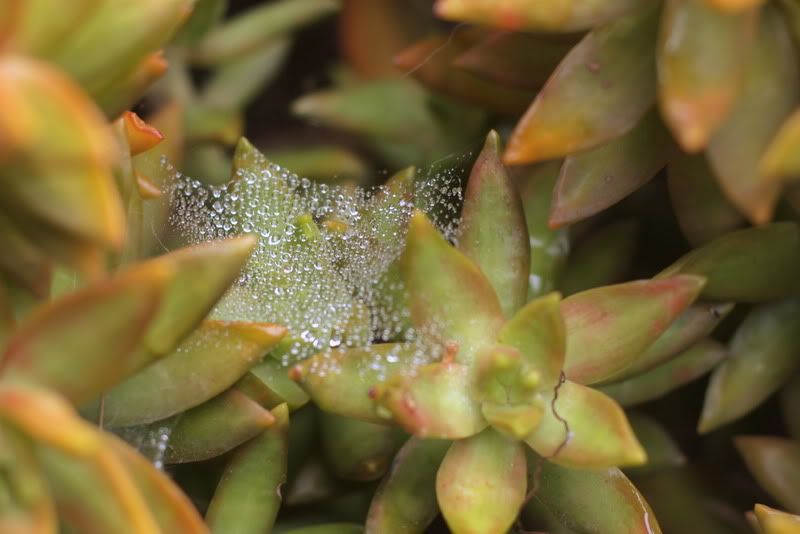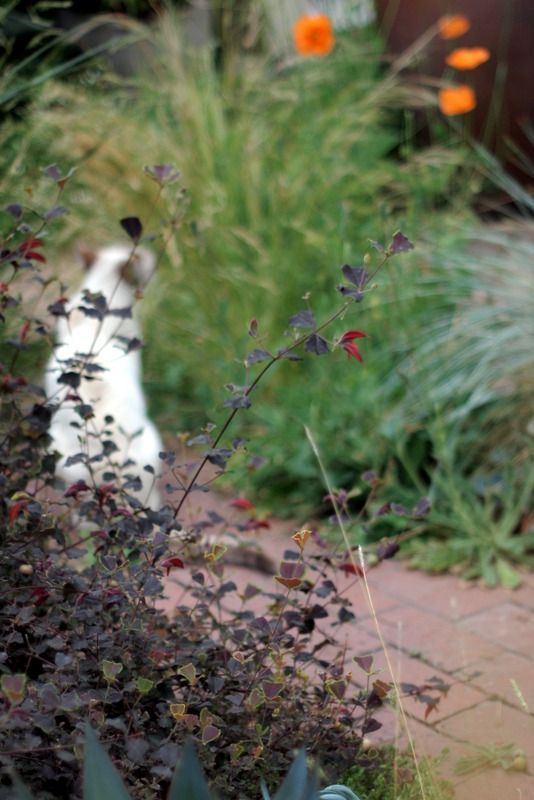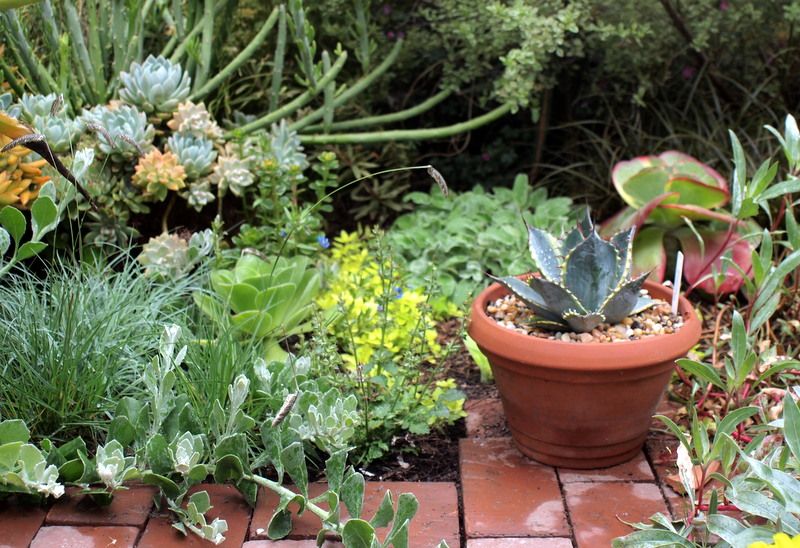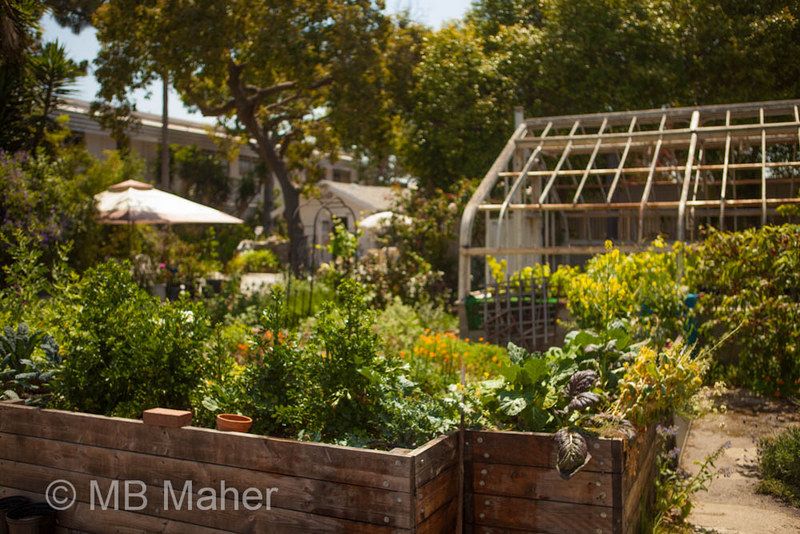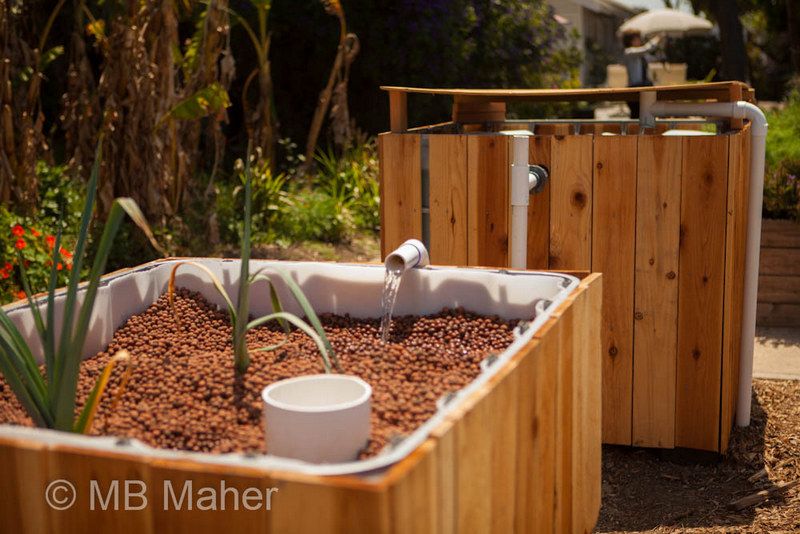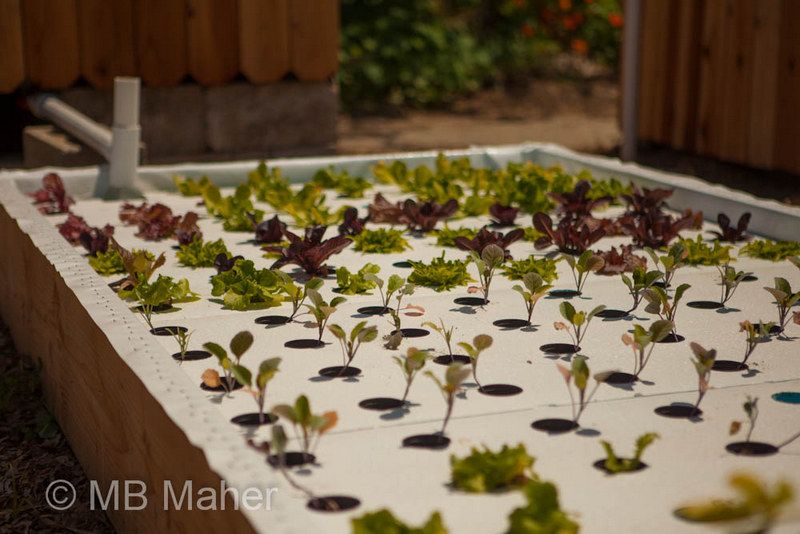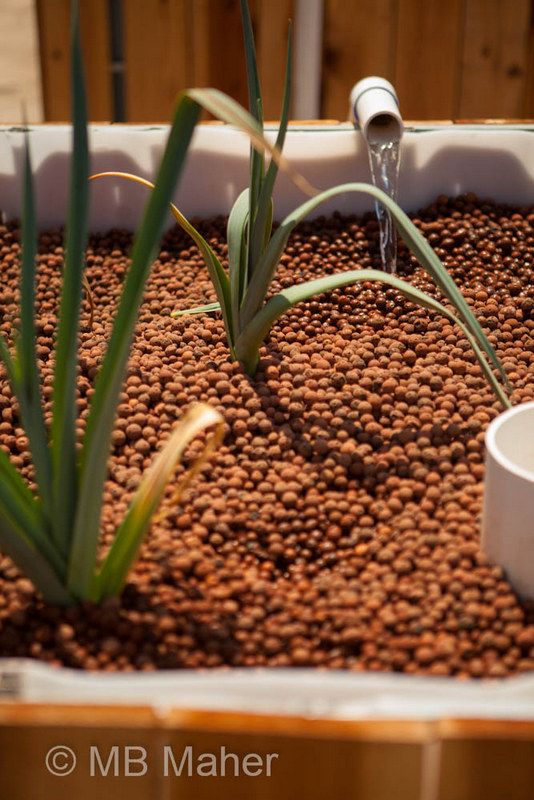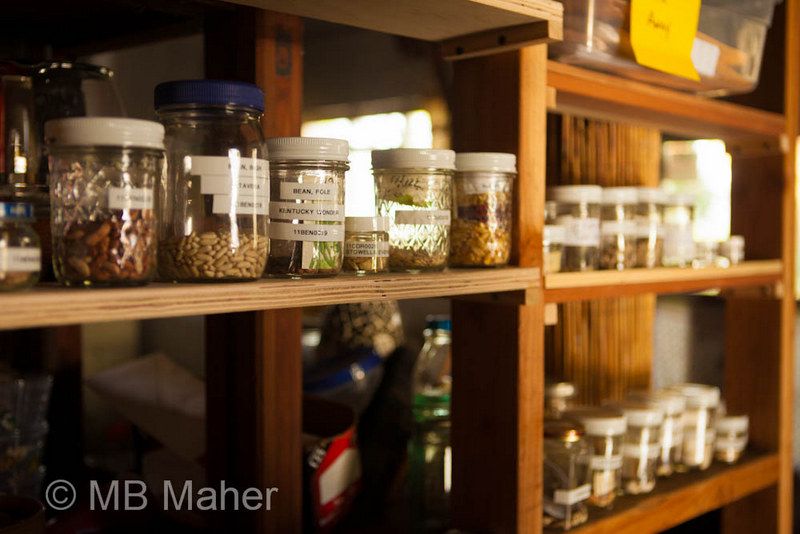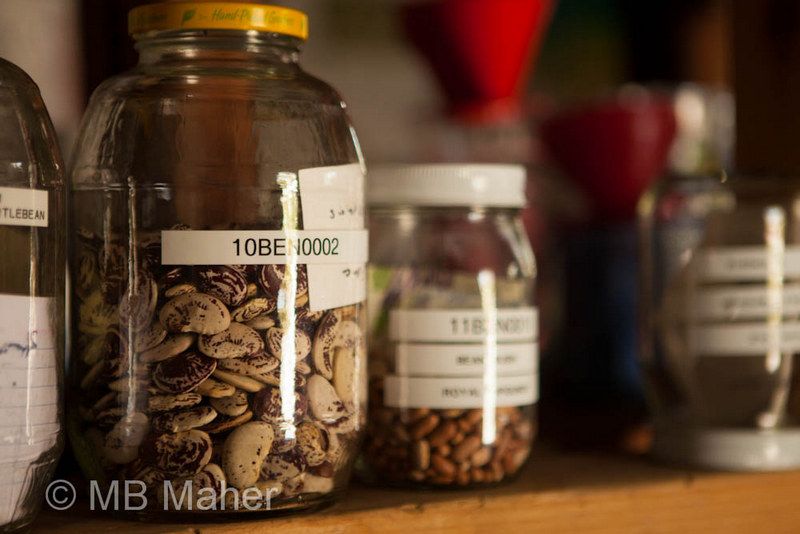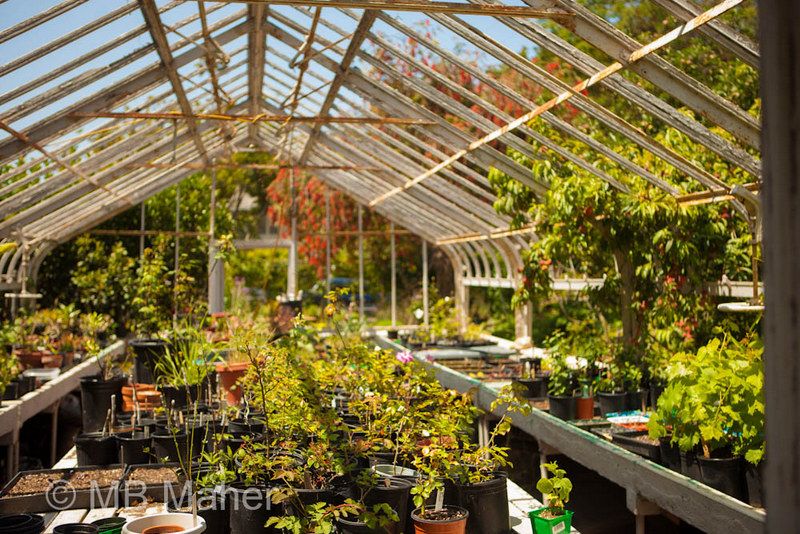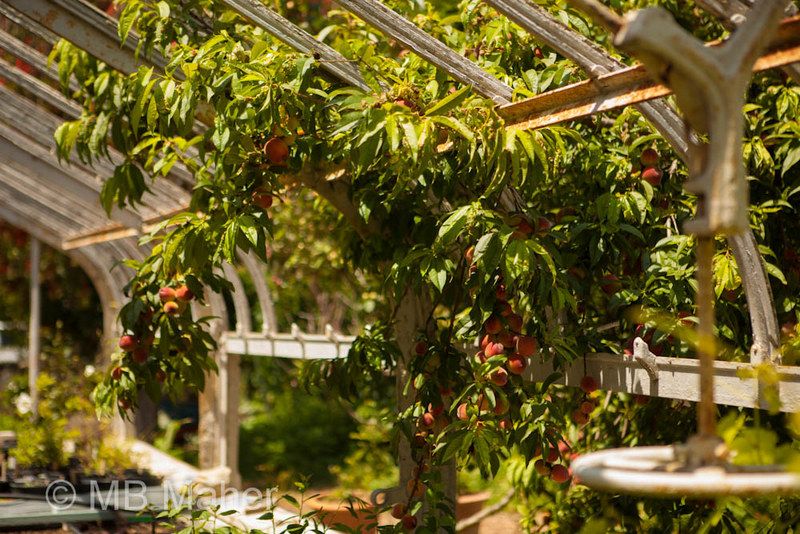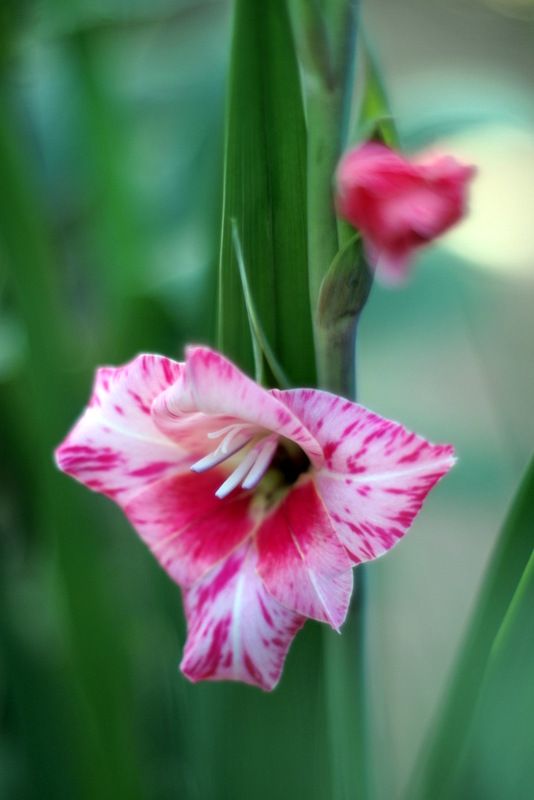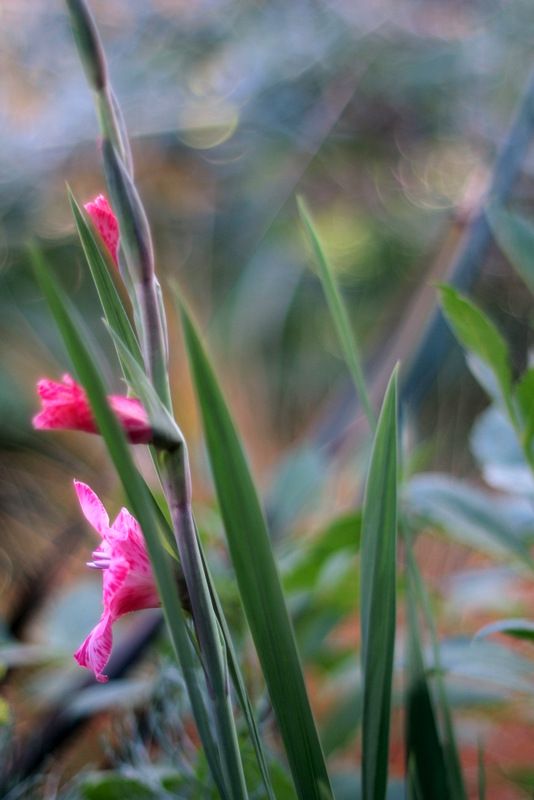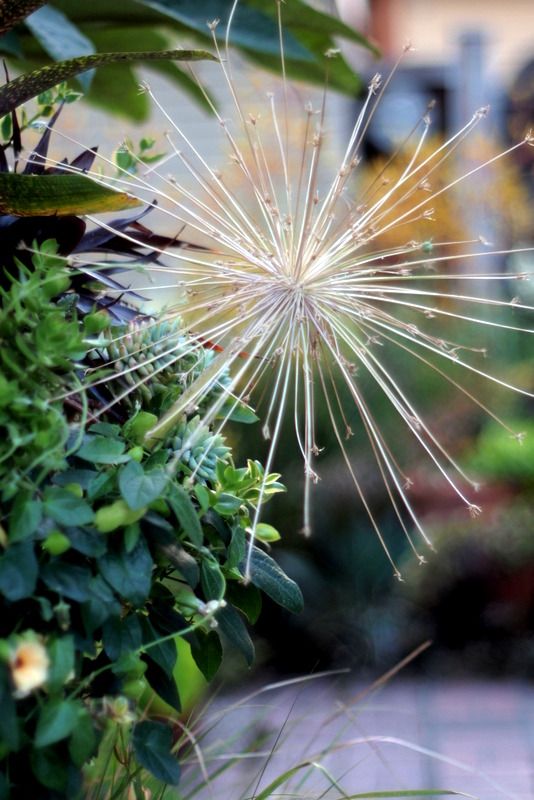Some intriguing snippets of information and photos are circulating as the University of California Botanical Garden at Berkeley is transformed for the July 13, 2012 launch of Natural Discourse, an in-situ collaboration among scientists, artists, and the venerable botanical garden.
Construction has begun on Sol House, a contemporary take on Thoreau’s cabin by architects Rael San Fratello.
“I went to the woods because I wished to live deliberately, to front only the essential facts of life, and see if I could not learn what it had to teach, and not, when I came to die, discover that I had not lived.”
Walden by Henry David Thoreau
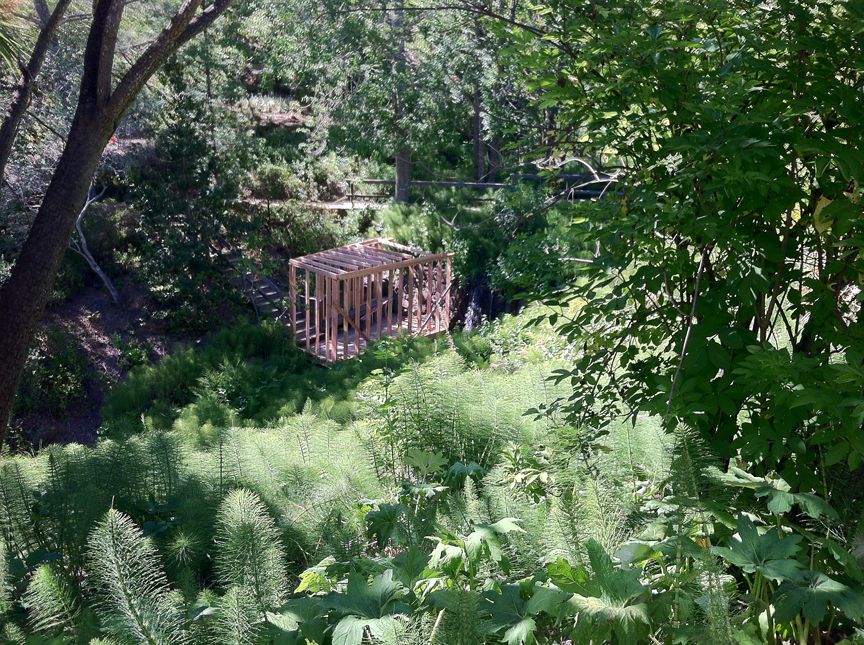
Contemplative and idyllic, right? But this is Natural Discourse, whose stated aim is to engage the “larger community on matters of conservation, bio-diversity and environment,” which means you may need to look twice and put on your thinking cap, as Sister Immaculata used to say. This simple wooden structure will have perforated walls to hold solar photovoltaic glass tubes (“cylindrical panels of CIGS thin-film solar cells”) salvaged from the wreckage of the bankrupt renewable energy company Solyndra.
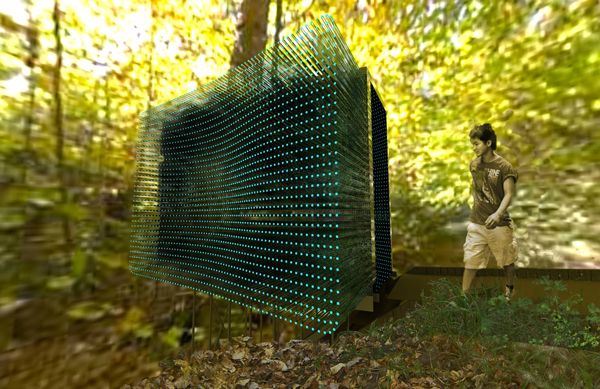
Yes, that Solyndra.
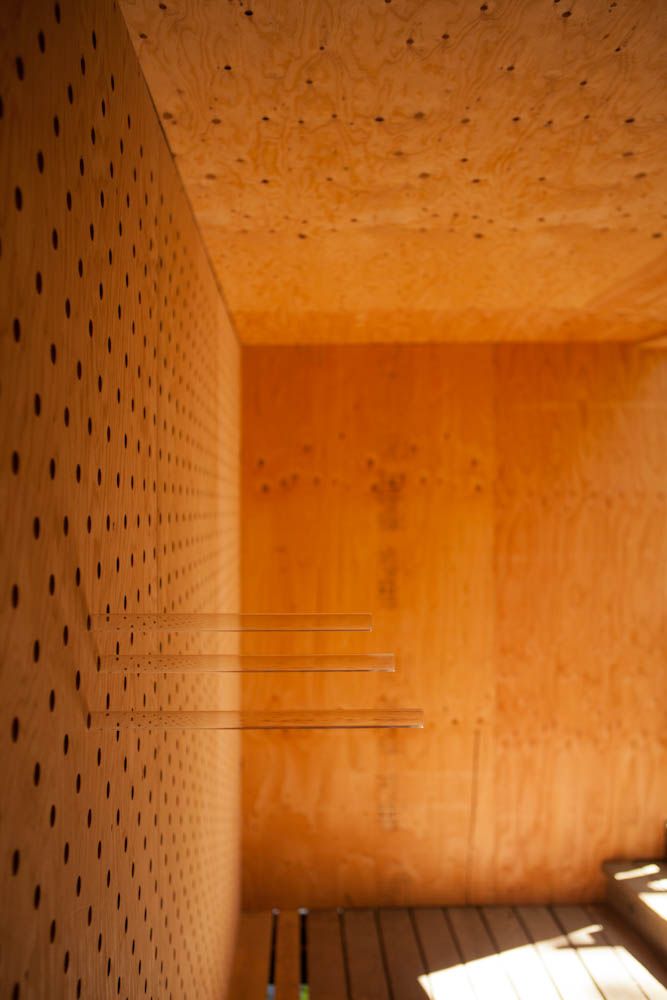
photo by MB Maher
Thousands upon thousands of the glass tubes lay idle in dark warehouses after the bankruptcy. Through a shipping acquaintance, Rael San Fratello managed to obtain a small quantity for the Sol House.
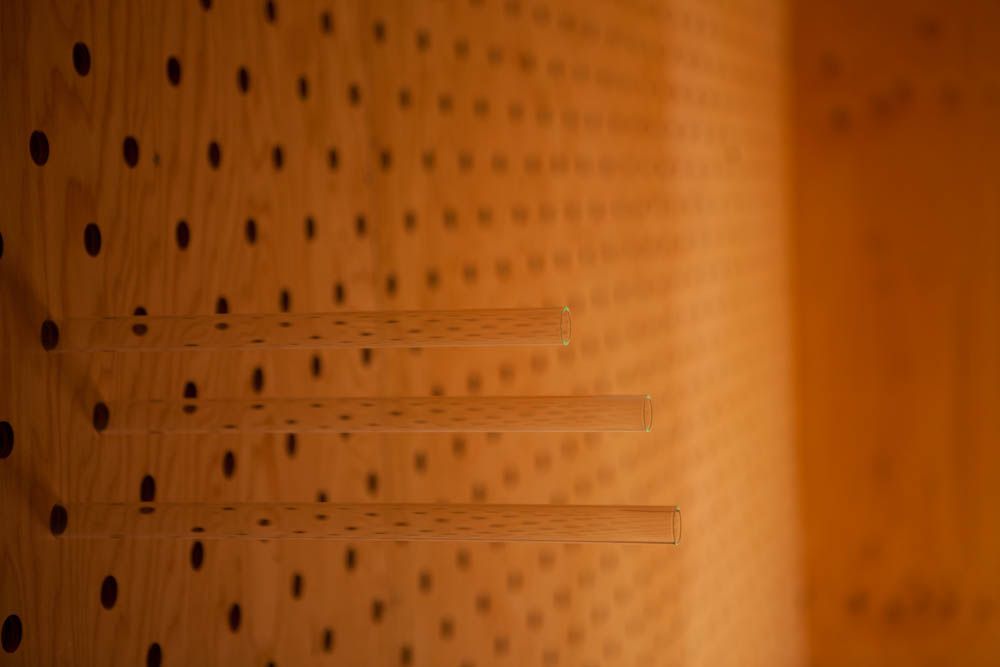
photo by MB Maher
Solyndra’s technology was sound but couldn’t compete with cheaper-to-produce solar panels. (The University of Tennessee, as just one example, has incorporated Solyndra’s glass tubes in their “Living Light House.”)
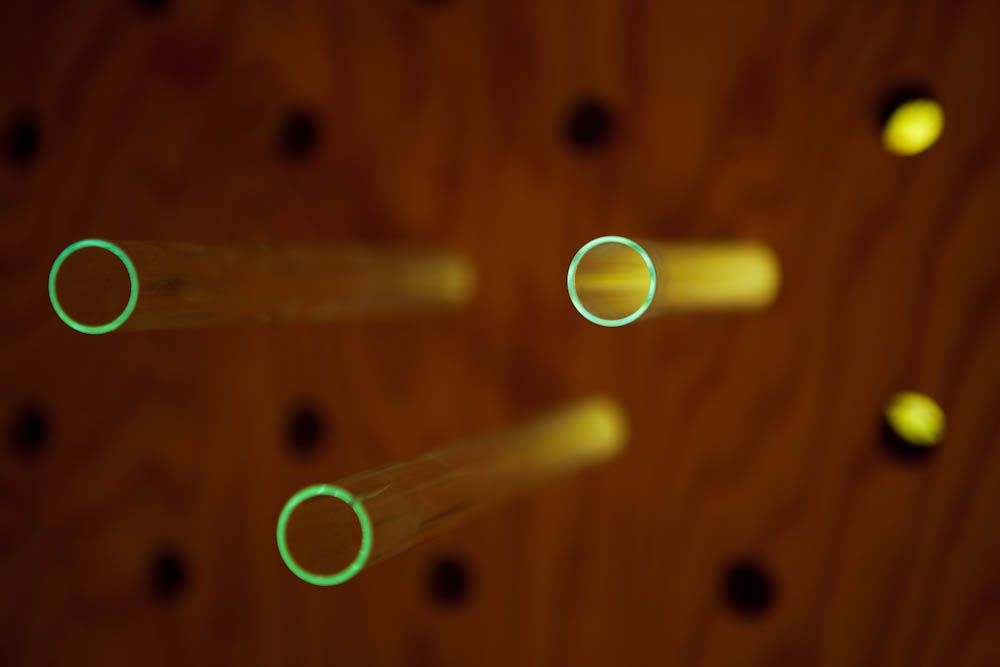
photo by MB Maher
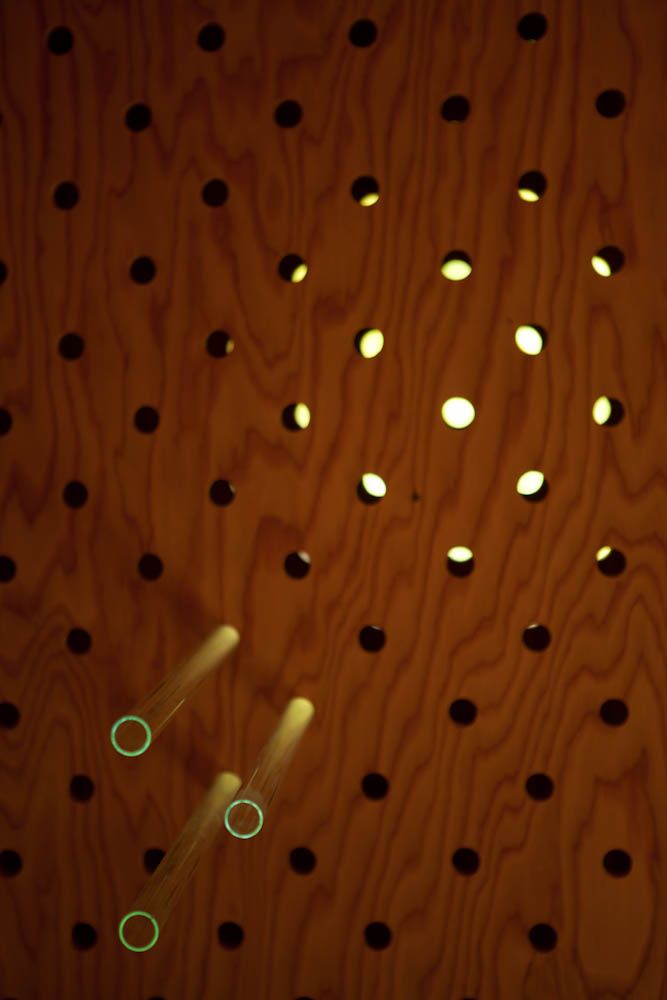
photo by MB Maher
Natural Discourse at UCBG 7/13/12: You, me, Thoreau, the remnants of a failed solar start-up, and much, much more.
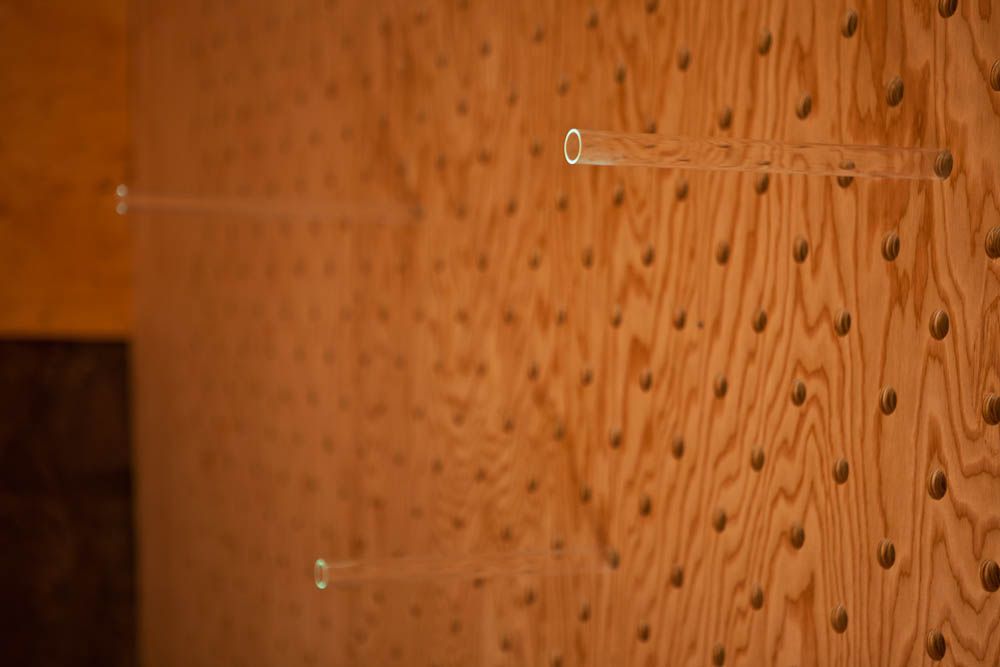
photo by MB Maher
“I did not wish to live what was not life, living is so dear; nor did I wish to practice resignation, unless it was quite necessary. I wanted to live deep and suck out all the marrow of life, to live so sturdily and Spartan-like as to put to rout all that was not life, to cut a broad swath and shave close, to drive life into a corner, and reduce it to its lowest terms, and, if it proved to be mean, why then to get the whole and genuine meanness of it, and publish its meanness to the world; or if it were sublime, to know it by experience, and be able to give a true account of it in my next excursion.”
